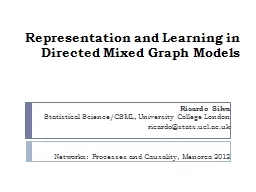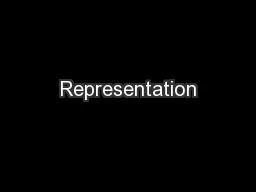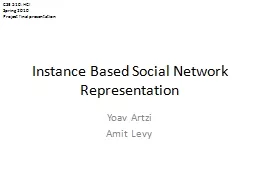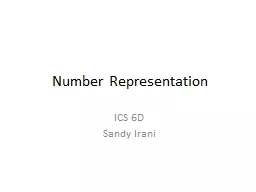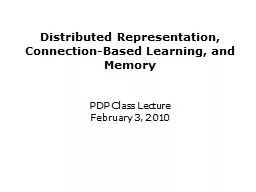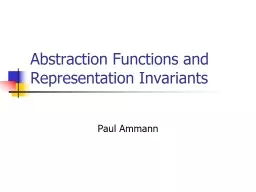PPT-Representation and Learning in
Author : stefany-barnette | Published Date : 2017-09-11
Directed Mixed Graph Models Ricardo Silva Statistical ScienceCSML University College London ricardostatsuclacuk Networks Processes and Causality Menorca 2012 Graphical
Presentation Embed Code
Download Presentation
Download Presentation The PPT/PDF document "Representation and Learning in" is the property of its rightful owner. Permission is granted to download and print the materials on this website for personal, non-commercial use only, and to display it on your personal computer provided you do not modify the materials and that you retain all copyright notices contained in the materials. By downloading content from our website, you accept the terms of this agreement.
Representation and Learning in: Transcript
Download Rules Of Document
"Representation and Learning in"The content belongs to its owner. You may download and print it for personal use, without modification, and keep all copyright notices. By downloading, you agree to these terms.
Related Documents

